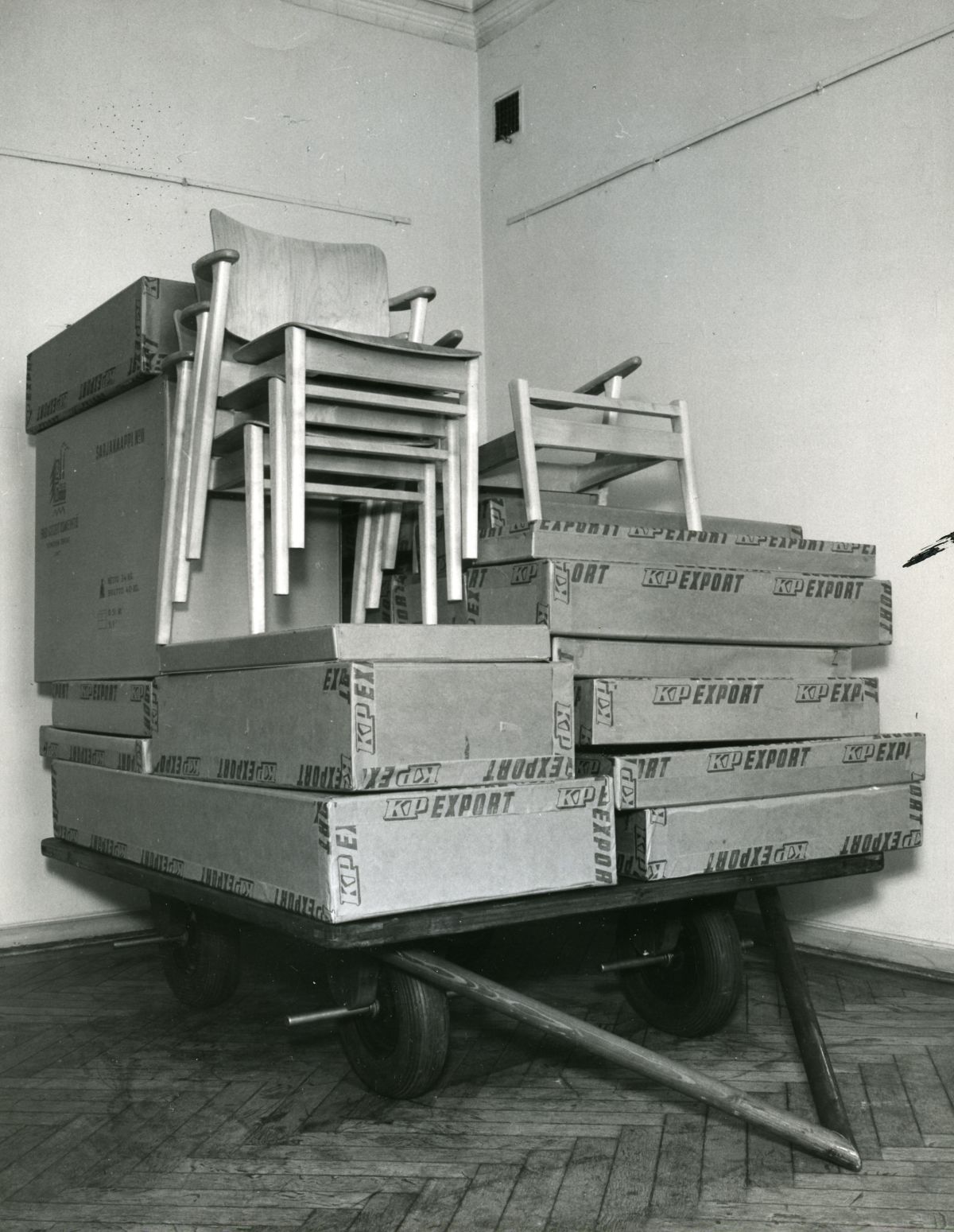
Designing for the world
Ilmari Tapiovaara and the international success of the Domus Chair


How did a humble wooden chair from Finland become an international bestseller 70 years ago? Today, in our global and digitalised world, international mobility and marketing are self-evident. Rewind to post-war Finland in the 1940s, and the story was exceptional.
The well-travelled Finnish designer Ilmari Tapiovaara explored life in London and Paris, before he found himself less voluntarily in Karelia, on Finland’s Eastern front during WWII. There, the designer discovered the local forest culture, which should lastingly influence his approach to modern design.
Asked to provide a multipurpose chair for studying and dining, Tapiovaara developed a stackable chair with a three-dimensionally moulded plywood seat. The novel production method introduced a whole new level of comfort, and the Domus Chair quickly spread across the country to schools, cafeterias, auditoriums and people’s homes.
Domus was delivered from the factory in pieces, with only a couple of screws needed to assemble the chair.
Eventually, Domus became Finland’s first successful post war furniture export. Sold in the UK as “Stax”, it was distributed as “Finnchair” in the US by Knoll and launched a chain reaction of international success for the designer. Tapiovaara’s design was prized by New York’s MoMA, he received the Good Design award in Chicago (1950) and the prestigious Gold Medal at the Milan Triennale (1951).
Not bad for a humble wooden chair, born out of the scarcity of available materials and a designers mission to improve the world through good design.
The Domus Chair and other furniture by Ilmari Tapiovaara have been part of the Artek collection since 2010.


